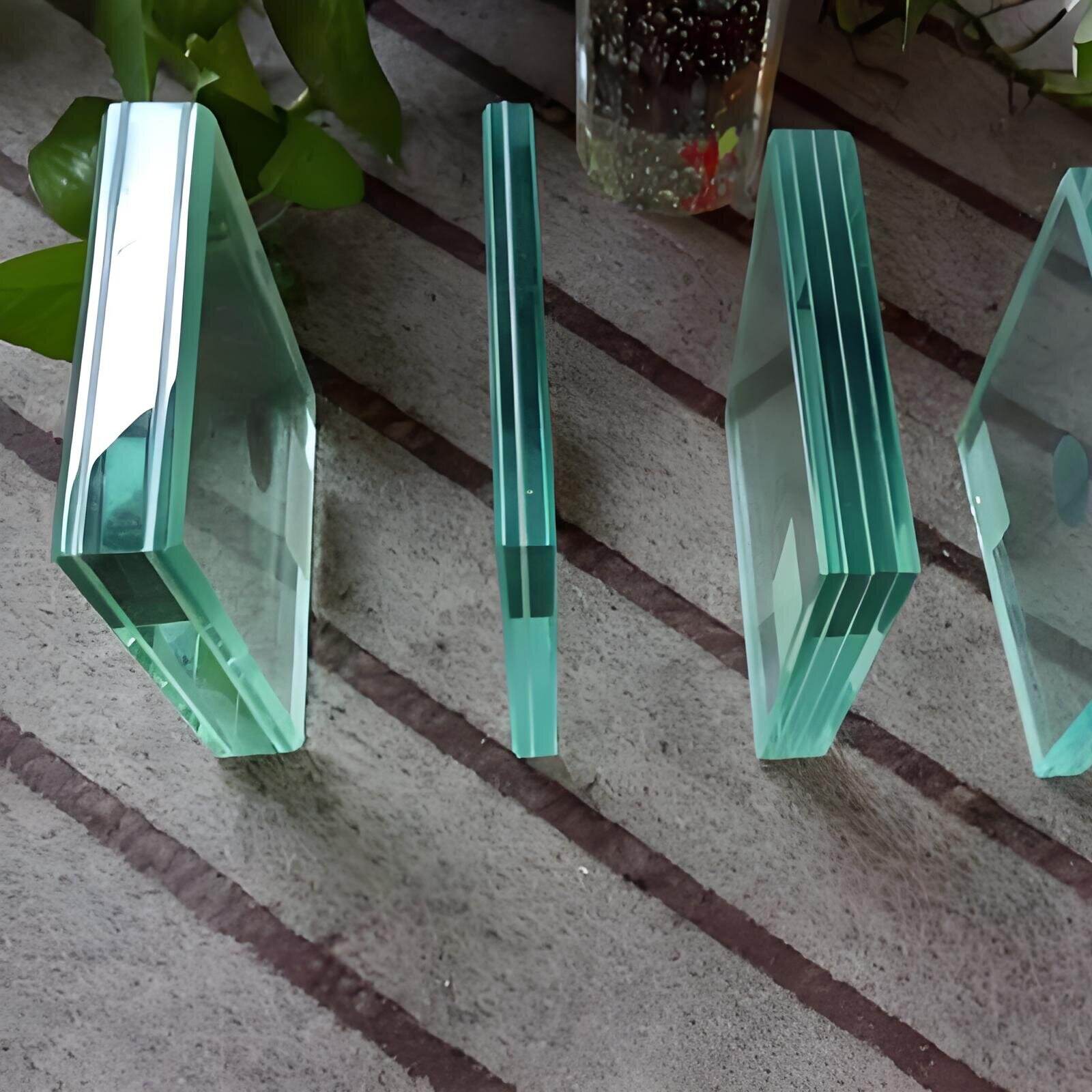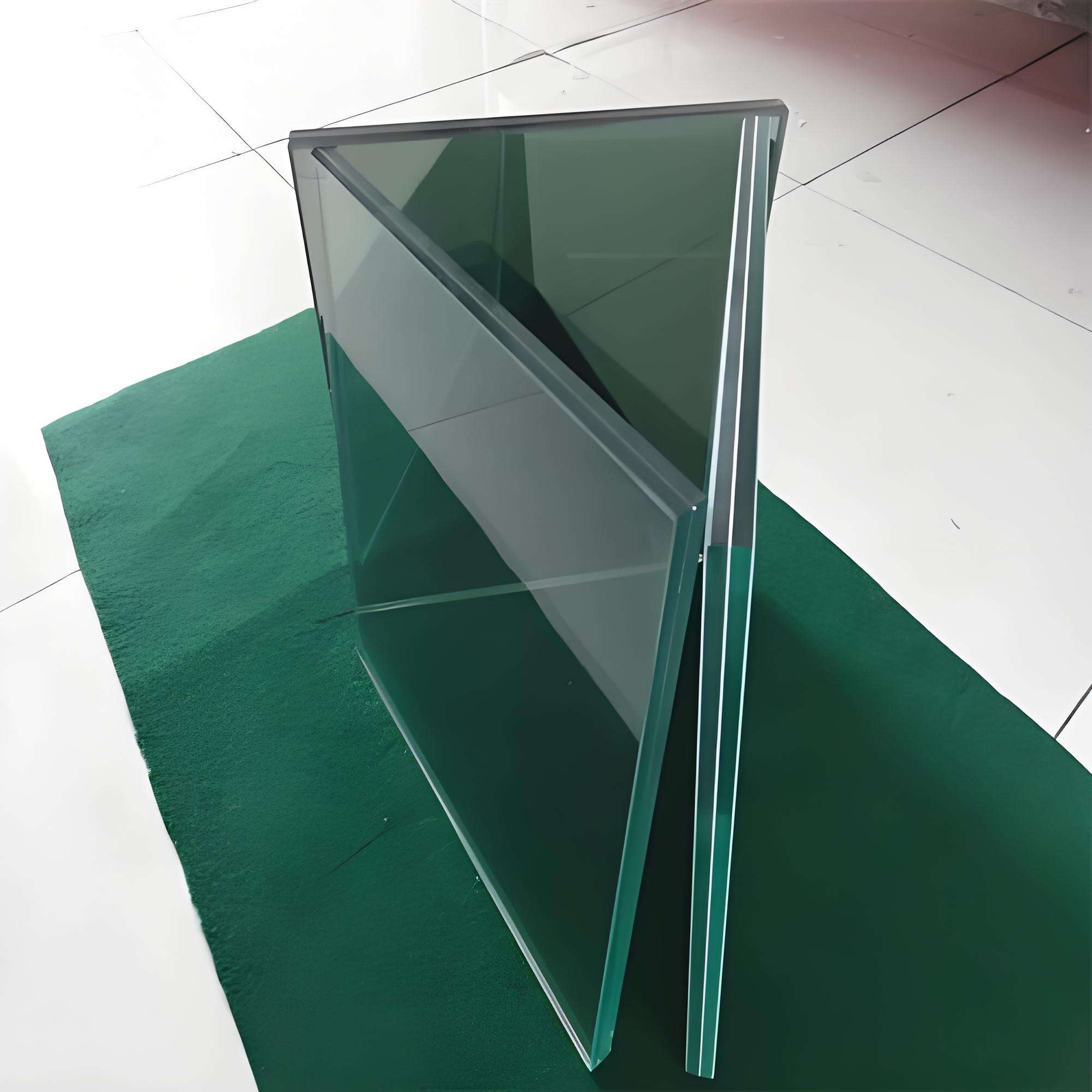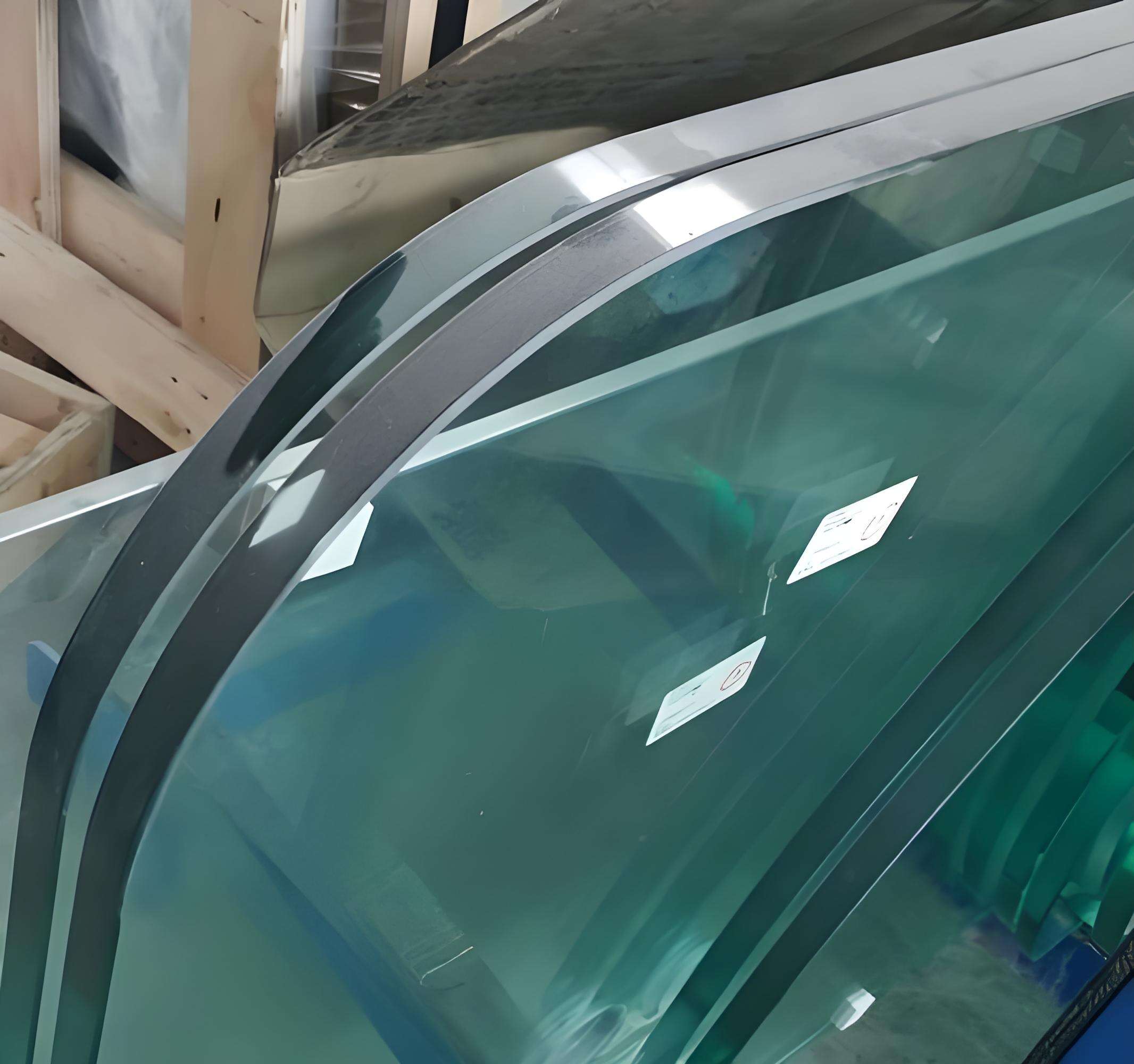durable laminated glass
Durable laminated glass represents a groundbreaking advancement in architectural and safety glass technology, combining multiple layers of glass with interlayers of polyvinyl butyral (PVB) or ethylene-vinyl acetate (EVA). This sophisticated composition creates a robust safety glass solution that maintains its structural integrity even when broken. The manufacturing process involves bonding two or more sheets of glass under controlled heat and pressure conditions, resulting in a final product that offers superior strength and durability. The interlayer not only acts as an adhesive but also provides additional functionality, including UV protection, sound insulation, and enhanced security. When subjected to impact, the glass may crack but remains in place, held together by the interlayer, preventing dangerous shards from scattering. This unique characteristic makes it particularly valuable in applications where safety is paramount, such as in automotive windshields, building facades, and security installations. The versatility of durable laminated glass extends to its aesthetic appeal, as it can be manufactured in various thicknesses, colors, and patterns while maintaining its protective properties.


